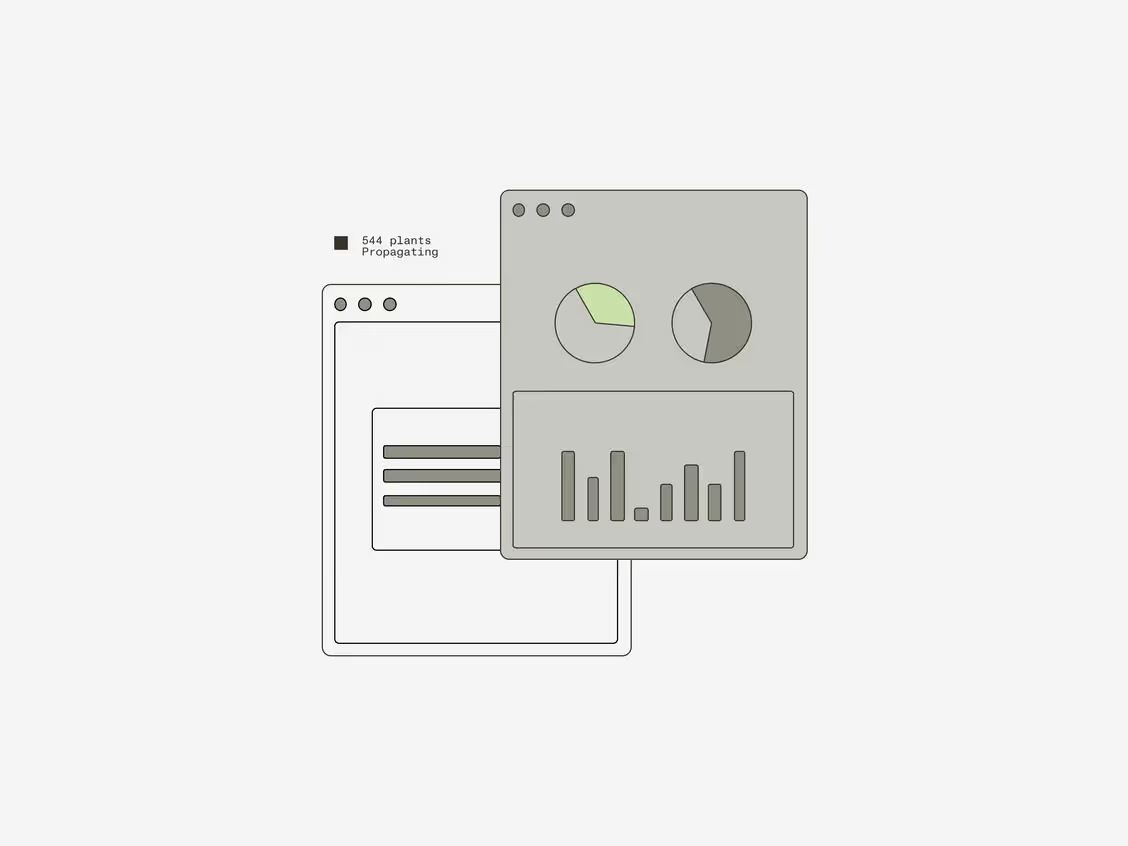Education Guide
Five crucial facts every grower should know about pH

Cultivation data is interesting, but knowing how to act on it is what really counts. For crop steering cultivators, one of the most important levers is pH – a topic that comes up frequently because it’s key to plant health. Here are five essential facts every grower should know about pH.
1. pH is about the balance between positive and negative ions in solution
Alkalinity describes water’s ability to neutralize acid, and a substrate’s pH, or potential of hydrogen, measures the concentration of positive hydrogen ions in solution. At its core, pH signifies the equilibrium between positive and negative ions in the growing medium. The more positive ions in solution, the lower the pH; the fewer the positive ions, the higher the pH.
2. pH is an indicator of nutrient availability
The reason it’s important to monitor pH in craft cultivation is because it affects how the plant uptakes and metabolizes ions. At lower pH levels, some nutrients are more available to the plant, while higher pH levels make a different set of nutrients accessible.
Growers must work hard to find a happy medium because an unbalanced pH is a signal that plants are struggling to uptake nutrients, which can negatively impact their health.
3. pH and EC are not the same
Where pH indicates the ratio of positively charged to negatively charged hydrogen ions in solution, EC (electrical conductivity), refers to the level of positive and negative ions. Put more simply, EC gauges the concentration of ions while pH indicates their balance.
When working to achieve target EC, growers must also be prepared to monitor and make adjustments to ensure pH stays balanced.
4. Monitoring runoff helps growers prevent pH drift
When pH drifts too low in the early growth stages, it can limit the amount of nitrogen, phosphorus, and potassium plants receive. These essential elements become negative ions once they’ve disassociated from salts, and as the plant feeds at a healthy rate, things shift to a positive charge which causes the drop in pH.
By monitoring and tracking runoff, growers can check incoming and outgoing pH as an indicator of which nutrients the plants are taking in – and what adjustments need to be made to maintain optimal nutrient uptake.
5. pH varies by substrate and growth phase
While a range between 5.6 to 6.0 is generally considered to be the pH sweet spot, pH management isn’t a one-size-fits-all journey. Different growing media and growth phases require varying approaches to pH adjustment and maintenance. Finding a pH availability chart applicable to the grow medium is a great resource for growers looking to achieve optimal pH levels.
Getting a handle on pH
Mastering pH is critical for growers aiming to cultivate healthy, productive plants and is a key part of crop steering. By understanding, monitoring, and adjusting it carefully, growers gain greater control and can steer their crops toward better quality and higher yields.
For more on pH, check out this crash course and Seth and Jason’s overview from Office Hours Episode 94.
